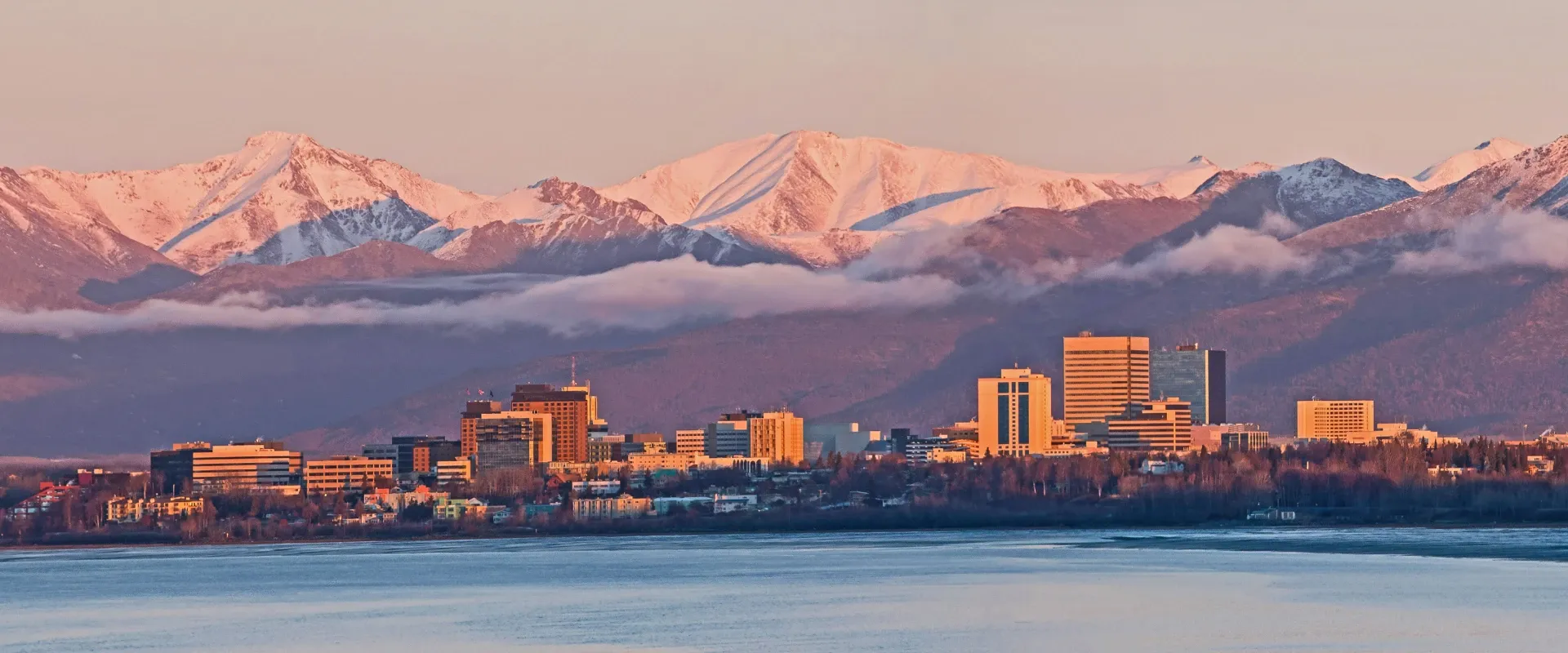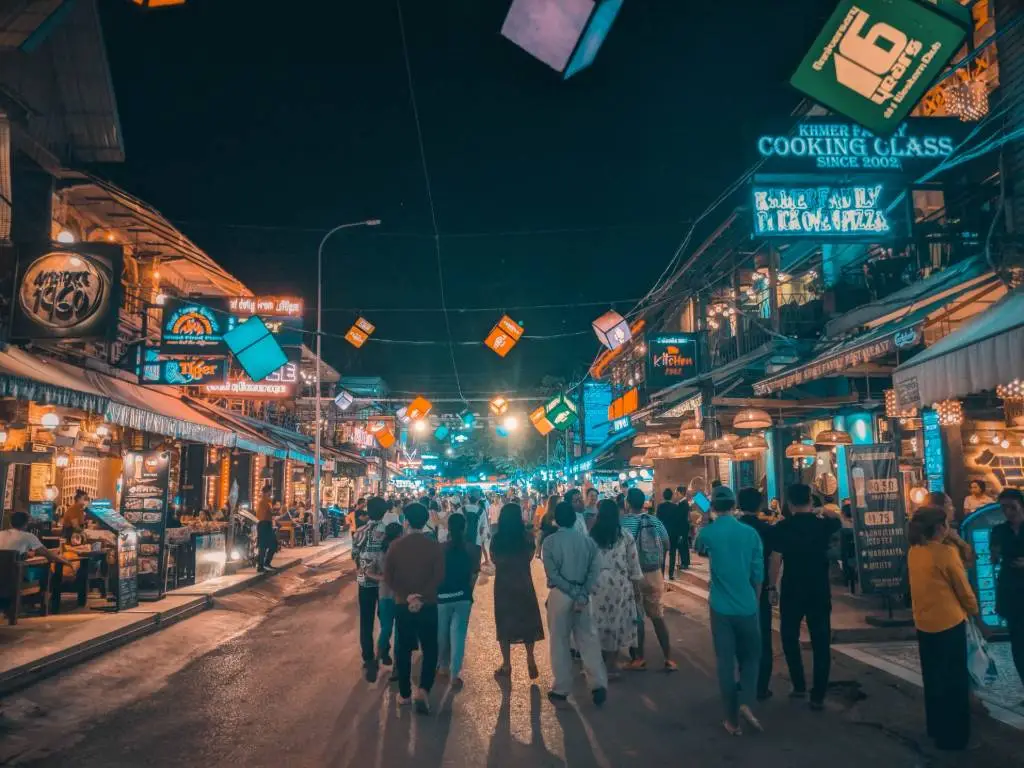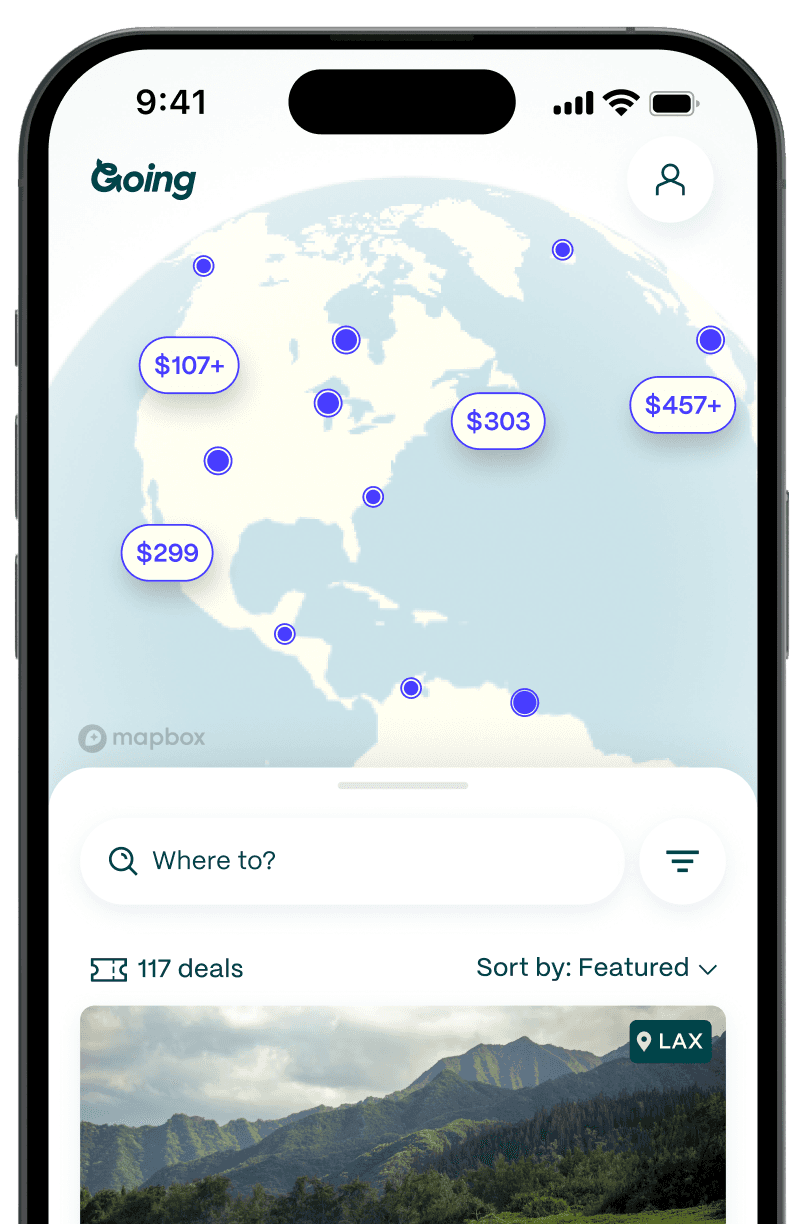
Houston: The Texas City Where Viet-Cajun Cuisine Was Born
Table of Contents
In 1837, the city of Houston was created at the point where two bayous meet, on a gamble that it would become a major player in a newly formed state called Texas. Today, the Bayou City is the largest city in Texas by both population (2.3 million) and size (665 square miles) and a success story of diversity and dynamism.
Though its sprawling nature makes it hard to define, with a mix of cultures, including Vietnamese and Mexican, a vast choice of art to enjoy, and an unrivaled livestock show and rodeo, there is so much to uncover and explore.
Mexican culture is Houston culture
Mexican culture has always been an integral part of Houston's DNA, and today's Hispanic and Latinx community continues to grow from its current share of 45% of the city's population.
There are many neighborhoods throughout the city with strong Mexican identities, but the East End, located southeast of downtown, includes some of the largest and oldest. Here, Navigation Boulevard serves as the thoroughfare to historic local legends like the Original Ninfa's, where Mama Ninfa Laurenzo popularized fajitas, and Villa Arcos, an iconic taqueria offering up some of the city's best breakfast tacos.
The Esplanade on Navigation is also home to the East End Farmers Market, where every Sunday, shoppers head for local produce, prepared food vendors, artisans, and live performers.
For a chance to enjoy Mexican culture to the fullest, visit in September during Fiestas Patrias, a celebration of Mexico’s independence from Spain. Citywide events include a parade, folk dancing, concerts, and many parties.
Global culinary capital and the birthplace of Viet-Cajun cuisine

Houstonians love to eat, and there’s no shortage of options to sample, with restaurants representing more than 50 countries and even more regional specialties. Viet-Cajun food is a unique and happy result of the city’s melting pot food culture. The fall of Saigon in Vietnam in 1975 led to more than 1.6 million refugees fleeing the country, and many settled in Houston.
As Vietnamese Americans incorporated flavors from home into their food, they began tossing crawfish, a spring staple from Louisiana, with their own mix of garlic, ginger, and citrus. In the aughts, "Viet-Cajun" crawfish moved from backyards to restaurants, and a new cuisine distinctive to Houston was born. Today, Viet-Cajun crawfish is a highly sought-after seasonal dish in countless restaurants throughout the city, but is most famous at Crawfish & Noodles.
The fine art frontier

Houston largely flies under the radar as a home for world-class art, but a history of wealthy benefactors has quietly created some of the world's most valuable collections open to the public. In the 1940s, French-born oil-industry aristocrats John and Dominique de Menil relocated to Houston and brought their love of art with them. The most well-known part of their legacy is The Menil Collection, a museum and neighborhood of art spanning 30 acres in the heart of the city, at no cost to visitors.
Additionally, The Museum of Fine Arts recently completed a decade-long expansion where it houses approximately 70,000 works from six continents. In the United States, it’s second in size only to the New York Metropolitan Museum of Art.
It’s showtime in Downtown

Houston is one of a few cities in the United States that can boast major symphony, ballet, opera, and theater companies of worldwide acclaim, so no matter when they visit, visitors can always expect to see a good show.
While the city is notorious for sprawl, there’s good news for aficionados of the performing arts: The city's Downtown theater district spans 17 (walkable!) blocks and includes The Alley Theatre, Hobby Center for the Performing Arts, Jones Hall, Bayou Music Center, Wortham Theater Center, and Houston Ballet’s Center for Dance. With almost 21,000 seats between these venues and around 2,000 performances per year, the hardest part about catching a great show is deciding which one to attend.
African American trailblazers leave a legacy
The city of Houston was not yet 30 years old when the Reverend Jack Yates, the "father of Black Houston," led newly freed Black families into town following June 19th, 1865, now celebrated nationally as Juneteenth. The community they created, Freedmen’s Town, became a significant source of Black history and culture that’s helped shape the city—and the United States—ever since.
In recent years, a major push to preserve and restore Houston’s historically significant Black landmarks has led to the revitalization of venues like the Eldorado Ballroom, one of the nation’s premier venues for Black musicians and audiences during its heyday following World War II.
The celebration of the community’s musical roots in Houston is fitting for the city that helped popularize the bayou bluegrass style of music known as zydeco (which was born in Louisiana), pioneered the slowed-down, hip-hop subgenre known as “chopped and screwed,” and served as a launchpad for hometown legend Beyoncé and rapper Megan Thee Stallion.
The largest livestock exhibition and rodeo in the world
Those unfamiliar with H-Town may expect to see residents donning cowboy boots, hats, and related western wear in daily life. This is probably a misguided expectation—unless it happens to be the three-week period when the Houston Livestock Show and Rodeo is in full force.
The saying that "everything is bigger in Texas" is on display in late February and early March when the largest livestock show and rodeo welcomes two million visitors and takes over the NRG stadium complex. Since it started in the 1930s, locals and tourists have braved the crowds to witness championship rodeo and livestock competitions, sample barbecue and carnival fare, and attend concerts headlined by a mix of artists in the country, EDM, hip-hop, Norteño, pop, and rock genres.
Cooler than your average bar
It's no secret that Houston is hot—especially during the summer months. In the late 19th and early 20th century, before the advent of air conditioning, roadside stands, known as icehouses, sold ice and simple grocery items to residents, along with cold bottles of beer.
Though many of the state's traditional icehouses have disappeared, open-air beer bars remain a strong part of Houston culture for gathering with friends and family. The no-frills West Alabama Ice House remains the undisputed classic and continuously draws neighborhood crowds in Montrose. Bobcat Teddy’s Ice House carries on the tradition in the Heights.
Newer, bigger versions like Kirby Ice House bring the tradition of outdoor group drinking to new locations, with plenty of space to spread out and play a game of cornhole with friends.
Home of Space City

“Houston, we have a problem” is an oft-repeated line made famous by the 1995 film Apollo 13, a re-telling of a harrowing 1970 NASA mission to the moon gone wrong. Daily life at NASA's Johnson Space Center isn’t nearly as dramatic, but it’s no less exciting to the many scientists and astronauts who call Houston home, dedicated to discoveries beyond planet Earth.
Those who visit Space Center Houston have the opportunity to go onsite, view Saturn V rockets, visit Historic Mission Control, and see the Space Vehicle Mockup Facility where NASA astronauts train and where scientists are developing the next generation of space exploration vehicles.
When the Mission Control Center opened in 1964, it put Houston on the map as a city where the impossible could be achieved. The nickname Space City reflects the proud tradition, along with the aptly named Houston Astros and Houston Rockets sports teams.
Good to know
Is Houston expensive?
Houston is one of the United States’ most affordable big cities to visit. A three-star hotel will run around $150 per night in the downtown and Galleria areas. For a sit-down dinner in a mid-range restaurant, you can expect to pay about $15 for an entree. For cheaper meals like tacos from a food truck, you can fill up for under $5. The priciest activities, like professional sports tickets or theater tickets, range from $40 and up, but if you skip those, you can generally have a great time for under $150 per day.
Best time to visit Houston
Houston’s subtropical climate is most pleasant during the fall and spring, when the weather is temperate and outdoor patios really shine. The months between June and September can be brutally hot and humid, and most escape to colder climes unless they plan to stay indoors, where air conditioning is generally on at full blast.
Houston with kids
Houston is a family-friendly town with lots to entertain kids, though private transportation is a must to get directly from place to place. From the Houston Zoo to Memorial Park and any number of museums and theaters, there’s always something fun and educational to do in the city.
Houston public transportation
There’s no getting around the fact that Houston is a sprawling, car-centric city. Renting a car is the most convenient option for getting around town, especially for those staying outside of the downtown area. Public transit options are available in the form of METRO buses and the METRORail, but the lines are limited to specific areas of the city and may not run on predictable timetables.
Is Houston safe?
Like any major city, Houston is mostly safe, but there are risks to leaving a bag unattended in a vehicle, as car break-ins are common. Women should be mindful of walking alone late at night. Violent crimes are generally targeted and highly unlikely to affect tourists. There is a large and active LGBTQ+ community in Houston, particularly in the historically gay-friendly Montrose neighborhood.
Getting to Houston
- Main airport: IAH and HOU
- Average Going deal price for cheap flights to Houston: $163 roundtrip
Read about other cities around the US:
Last updated February 27, 2024









